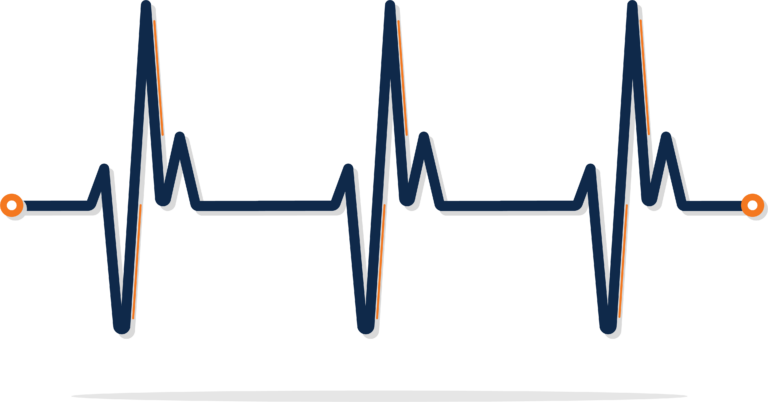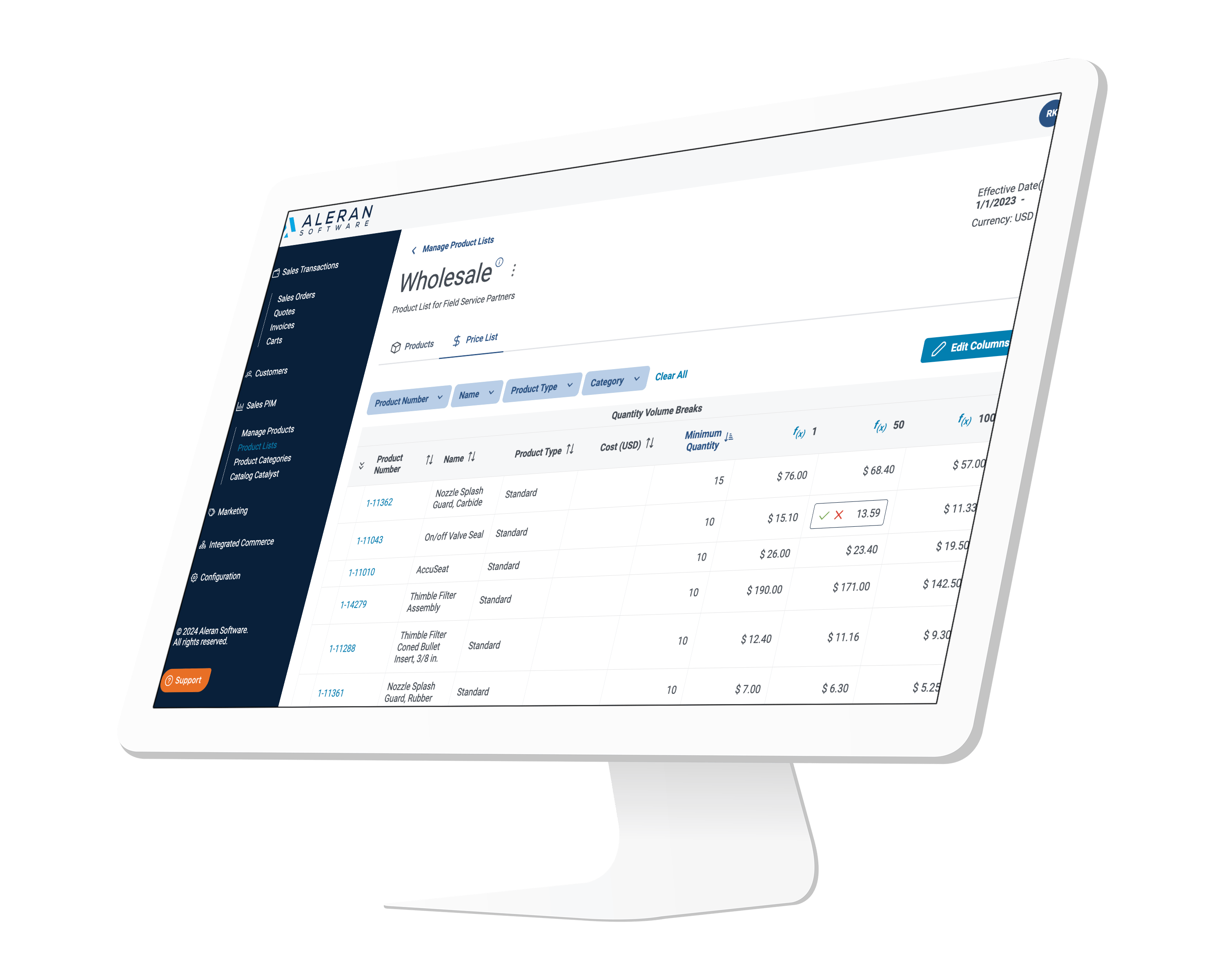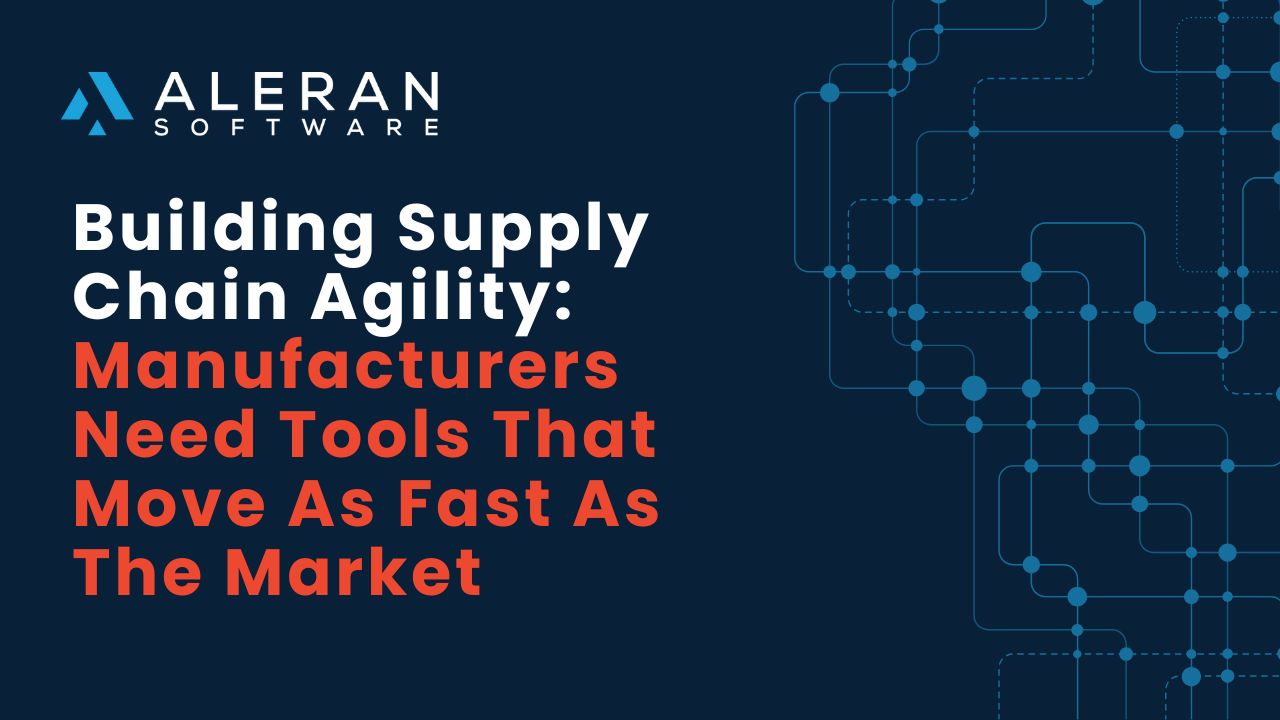As Friday’s tariff deadline looms, the message from Washington is clear: the August 1 deadline “stands strong and will not be extended.”
Some trade agreements are being renegotiated and specific tariffs eased, but others – like those affecting imports from India – are rising sharply. According to a recent Barron’s survey, CFOs across sectors expect inflationary pressures, slower economic activity, and operational disruption.
That means one thing for manufacturers and distributors: now is the time to reassess your quoting, pricing, and sourcing strategies.
We’re already hearing from customers and prospects caught in the middle. They are trying to balance shifting costs, rising uncertainty, and outdated systems that simply aren’t built for volatility.
Let me be clear: I don’t pretend to have all the answers. This is a complex, highly fluid situation. But I want to share what I’ve been telling our customers and prospects because if you’re leading a manufacturing organization today, these are the conversations worth having.
1. You Need Real-Time Supply Chain Agility
Manual workarounds and legacy systems might’ve gotten you through the last disruption, but they won’t get you through this one.
When tariffs change overnight, your quoting system, supplier relationships, and pricing models must be able to adapt just as quickly. That means:
- Real-time ERP-integrated quoting tools
- Instant supplier or sourcing switches
- Updated product catalogs and pricing across all channels
If your buyers are searching for alternatives online, you need to be ready to respond before someone else does. Being slow to adapt doesn’t just risk margin: it risks market share.
2. Build a Risk Mitigation Strategy With Flexible Digital Infrastructure
In a volatile global environment, agility is a survival necessity.
Digital order management and flexible partner onboarding are also mission-critical. They allow you to:
- Onboard new suppliers and sales partners quickly
- Switch sales and distribution channels without disruptions
- Track changes and approvals without drowning in emails or spreadsheets
In other words, the most resilient businesses are able to pivot without paralyzing their teams.
3. Automate Pricing and Customer Communication Before the Chaos Hits
Every delay in updating prices or communicating changes downstream adds risk.
With dynamic pricing tools, manufacturers can:
- Instantly adjust prices based on real-time cost inputs
- Sync updates across sales portals, partner portals, and reps
- Preserve margin while staying competitive
Just as importantly, you need tools to segment customers and communicate proactively. If lead times change, prices shift, or minimum order quantities increase, your team should be able to notify key customers in a few clicks.
At Aleran, We’re Built for Moments Like This
We don’t just build quoting tools. We help B2B manufacturers move faster from discovery to quote to cash while fully unlocking the power of your ERP.
We also believe that speed, agility, and clarity in communication are non-negotiable in today’s trade environment. Our platform was built to help you:
- Respond to tariff changes instantly
- Quote accurately across sales channels
- Adjust pricing and communicate proactively
- Onboard new partners and suppliers without friction
Whether you need a digital safety net or a smarter go-to-market engine, we’re here to help.
Let’s Talk
If you are reassessing suppliers, recalibrating pricing, or simply feeling uncertain about how your systems will hold up under pressure – send me a message at sales@aleran.com.
Also, let us identify where your quoting, pricing, and supply chain communication gaps are – and how to close them fast. We would be happy to walk through a brief readiness and risk assessment.




